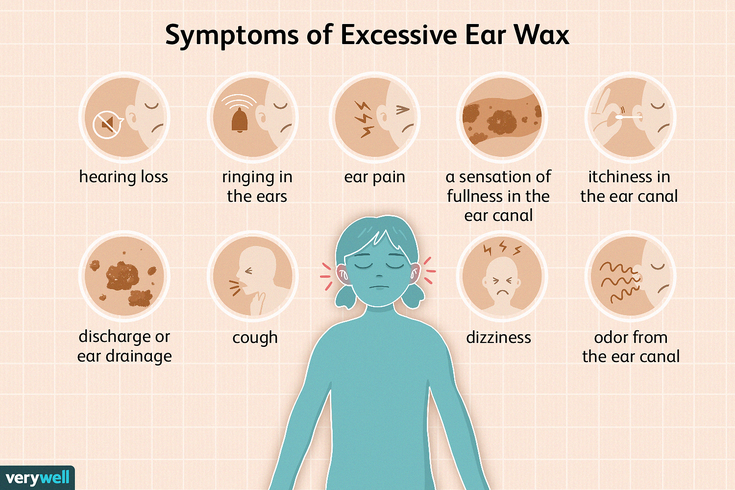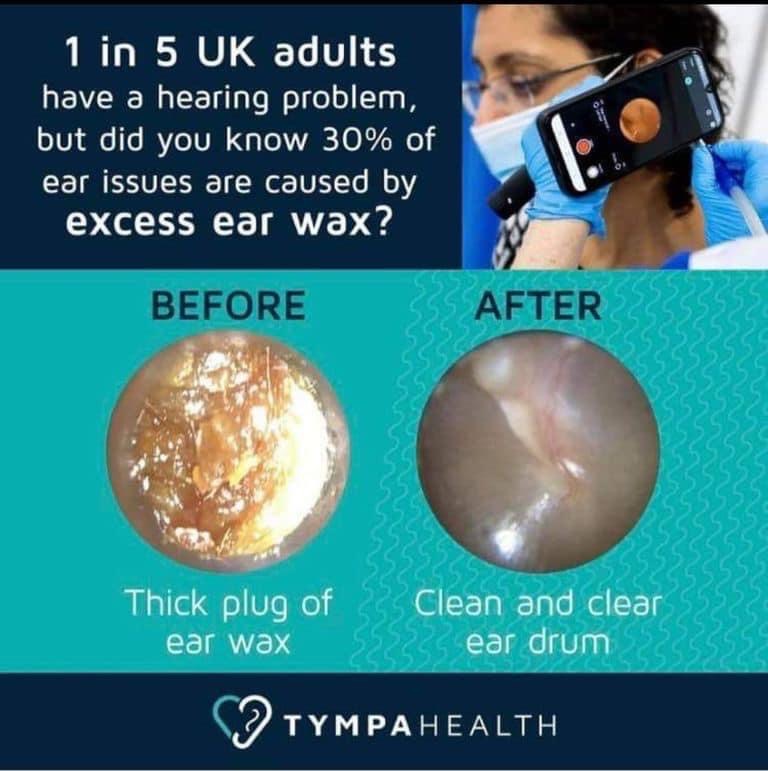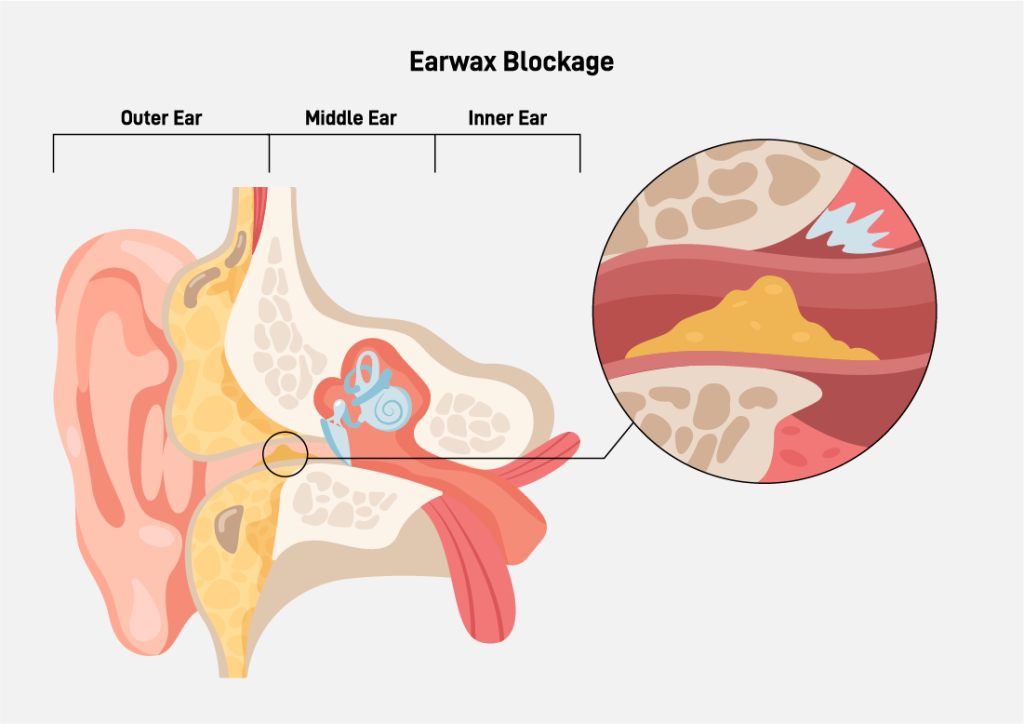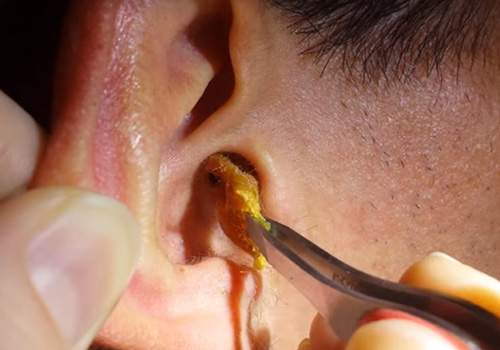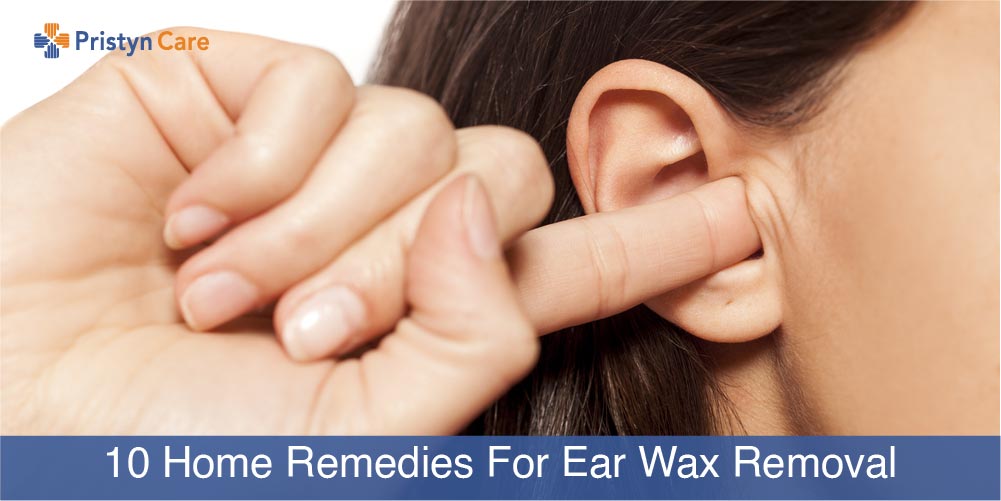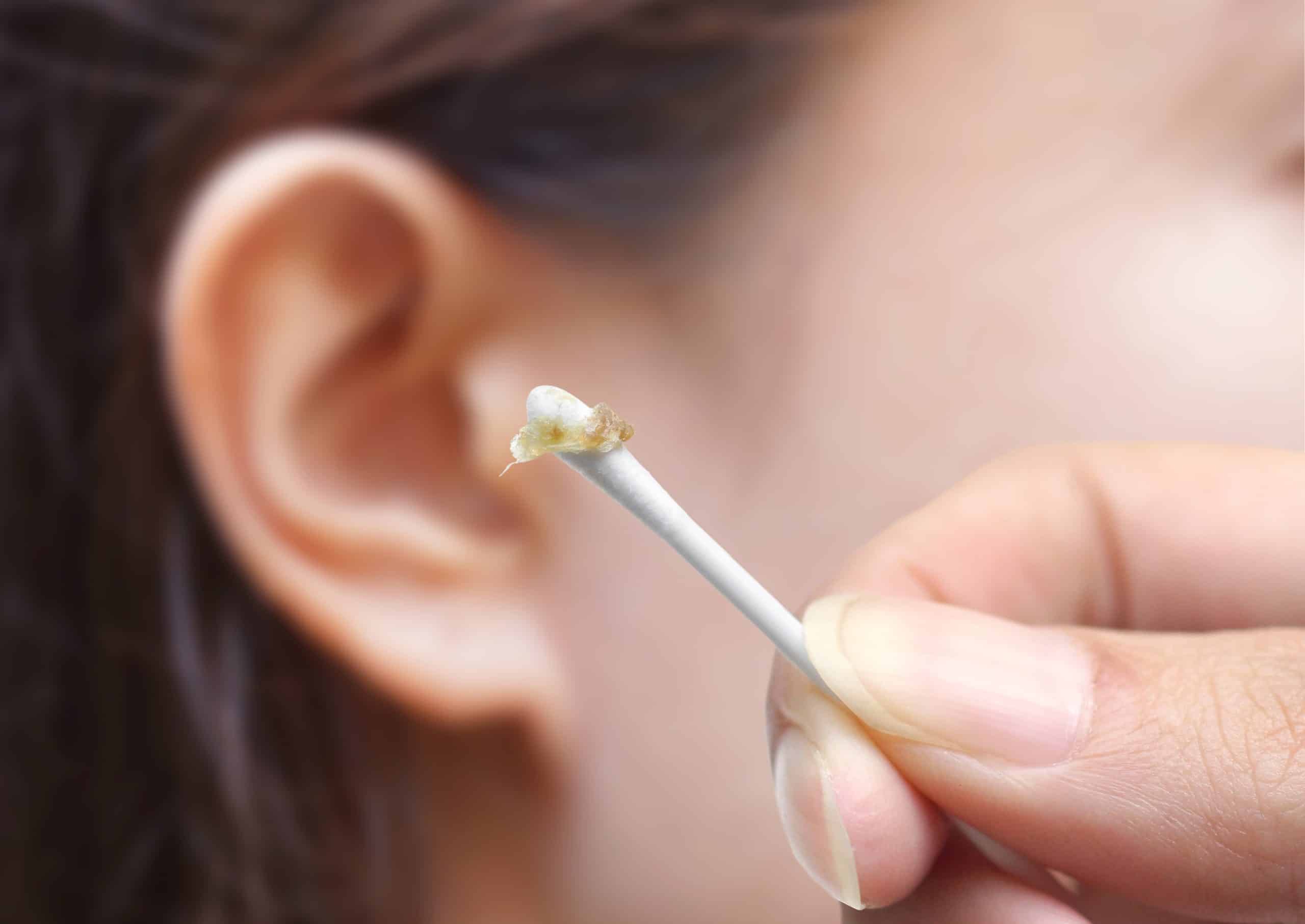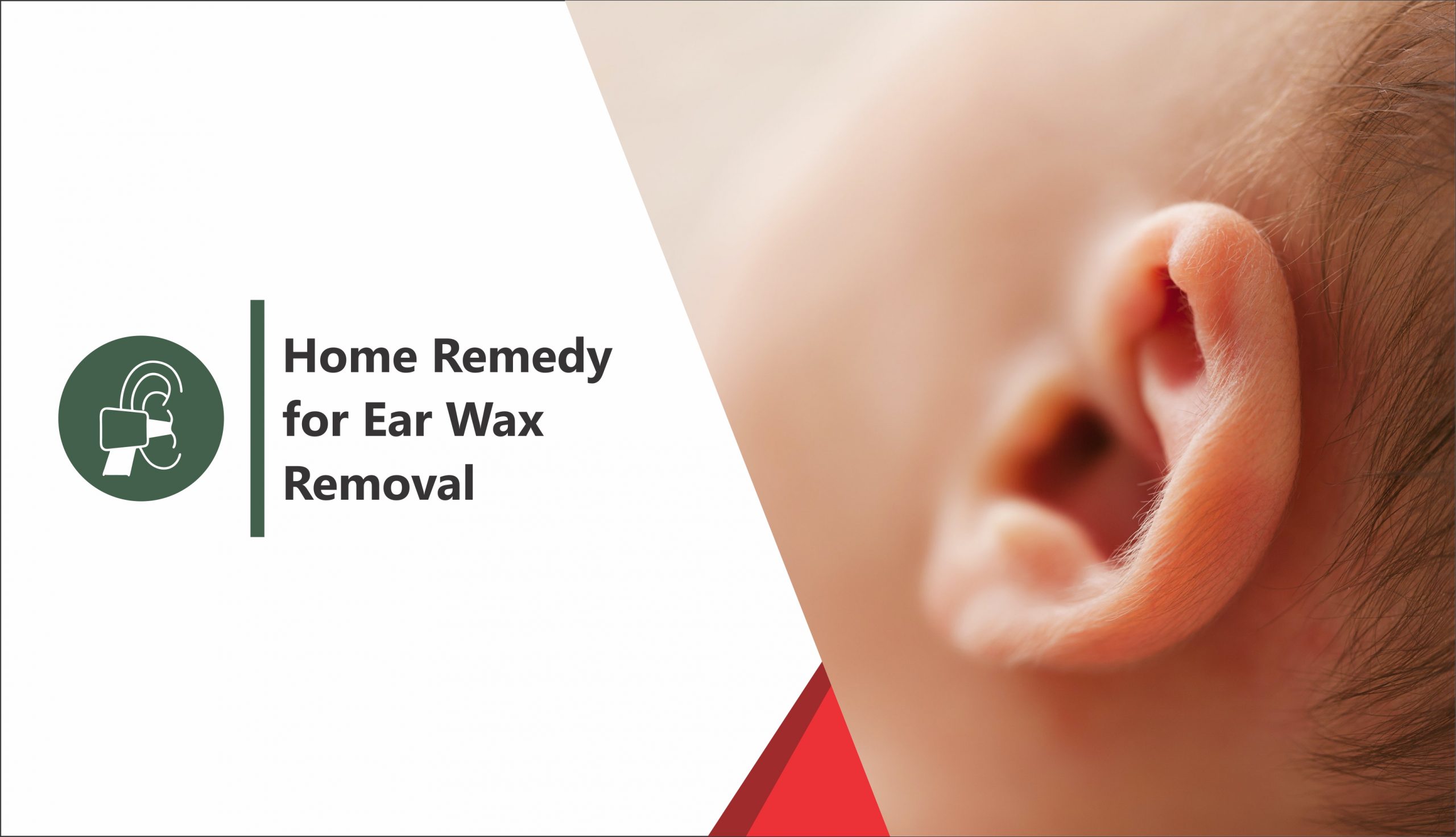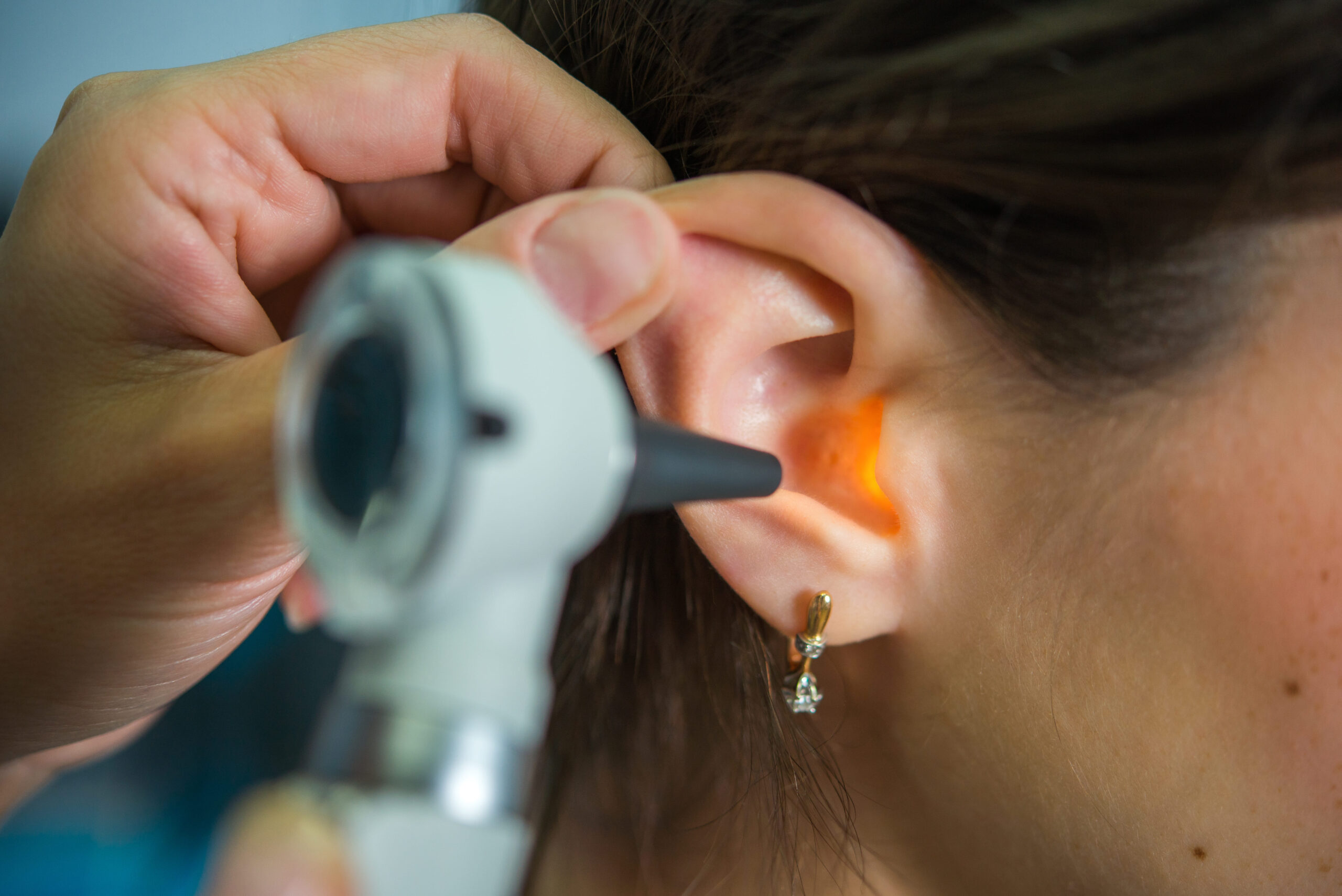Pain In Ear After Wax Removal

The gentle hum of the clinic faded as Sarah sat up, a strange sensation echoing in her ear. Just moments ago, the stubborn wax that had muffled her world had been expertly removed. Yet, instead of the crystal-clear clarity she anticipated, a dull ache throbbed, a persistent reminder of the procedure. Was this normal? A wave of anxiety washed over her as she wondered if she'd traded one problem for another.
Experiencing ear pain after wax removal is surprisingly common, though often temporary. While the procedure is generally safe, the ear canal's delicate nature means that irritation, inflammation, or minor trauma can occur during or after wax extraction. Understanding the potential causes, proper aftercare, and when to seek professional help is crucial for a smooth recovery and restored hearing.
Understanding Earwax and Its Removal
Earwax, or cerumen, is a natural substance produced by glands in the ear canal. It plays a vital role in protecting the ear from dust, debris, and infection. Normally, earwax migrates out of the ear canal on its own, but sometimes it can build up and cause blockage, leading to hearing loss, tinnitus, and a feeling of fullness.
Several methods exist for earwax removal, each with its own set of pros and cons. The most common methods include irrigation (using a syringe to flush out the wax), manual removal (using specialized instruments like curettes), and softening agents (ear drops that dissolve the wax). The best method depends on the individual's ear anatomy, the type of wax, and the practitioner's expertise.
Why Does Pain Occur After Wax Removal?
Several factors can contribute to ear pain after earwax removal. One common reason is irritation of the sensitive skin lining the ear canal. Even with careful technique, the insertion of instruments or the force of irrigation can cause minor abrasions or inflammation.
In some cases, the pain might be due to a pre-existing condition that was aggravated during the procedure. For example, if someone already has an ear infection, the removal process could exacerbate the inflammation and cause increased discomfort.
Another potential cause is trauma to the eardrum. While rare, perforation of the eardrum can occur, especially if the procedure is performed aggressively or if the patient moves suddenly. It's important to note that this is more likely when using objects at home.
According to the American Academy of Otolaryngology, while complications are rare, awareness and proper technique significantly minimize risks.
Navigating the Discomfort: At-Home Care
For mild pain, several home remedies can provide relief. Over-the-counter pain relievers like ibuprofen or acetaminophen can help manage discomfort. Applying a warm compress to the outer ear for 15-20 minutes at a time can also soothe the area.
It's essential to keep the ear dry and avoid inserting anything into the ear canal, including cotton swabs. This allows the ear canal to heal properly and prevents further irritation. Sleeping with the affected ear facing upwards can also alleviate pressure and discomfort.
Ear drops containing mineral oil or hydrogen peroxide are sometimes recommended by doctors. These can help soften any remaining wax and promote drainage, but it's crucial to use them only as directed.
When to Seek Professional Help
While mild pain is often temporary and resolves on its own, it's crucial to seek medical attention if certain symptoms develop. If the pain is severe or persistent, it could indicate a more serious problem. Signs of infection, such as fever, drainage from the ear, or increased redness and swelling, also warrant immediate medical evaluation.
Hearing loss, dizziness, or tinnitus that persists after the procedure could suggest damage to the inner ear or eardrum. These symptoms should be evaluated by an otolaryngologist (ENT doctor). They can perform a thorough examination and determine the appropriate course of treatment.
If you notice any blood or pus draining from your ear, consult a doctor without delay. This is a strong indicator of an infection or injury requiring medical intervention.
The Importance of Choosing a Qualified Professional
The risk of complications can be significantly reduced by choosing a qualified and experienced professional for earwax removal. Otolaryngologists, audiologists, and trained healthcare providers have the knowledge and tools to perform the procedure safely and effectively. They can also assess the ear canal and identify any underlying conditions that might increase the risk of complications.
Don't be afraid to ask questions about the practitioner's experience and the methods they use for earwax removal. A reputable professional will be happy to explain the procedure and address any concerns you may have. Also, avoid the temptation to try removing earwax yourself with potentially harmful objects like hairpins or cotton swabs. These can push the wax further into the ear canal and cause damage.
Prevention is Key: Maintaining Healthy Ears
Preventing earwax buildup is often the best approach to avoiding the need for removal. While some people are naturally prone to wax accumulation, there are steps you can take to minimize the problem. Avoid over-cleaning your ears, as this can irritate the ear canal and stimulate wax production.
Resist the urge to use cotton swabs or other objects to clean your ears, as these can push the wax further in. The ears are generally self-cleaning, and the wax will naturally migrate out of the ear canal.
If you are prone to earwax buildup, consider using over-the-counter earwax softening drops regularly. However, consult with your doctor or pharmacist before using these drops, especially if you have a history of ear infections or eardrum problems.
For individuals who wear hearing aids or earplugs regularly, proper hygiene is crucial. Clean your hearing aids or earplugs frequently to prevent the buildup of bacteria and wax, and ensure they fit properly.
A New Perspective: Sarah's Recovery
Back in the clinic, Sarah voiced her concerns to the audiologist, Dr. Emily Carter. Dr. Carter reassured her that mild discomfort was common and examined her ear. She explained that the minor irritation was likely due to the instrument used to remove the wax and advised her to use warm compresses and over-the-counter pain relievers.
Over the next few days, Sarah diligently followed Dr. Carter's instructions. The pain gradually subsided, and her hearing improved significantly. She realized that while the initial discomfort was unsettling, it was a small price to pay for the newfound clarity of sound.
According to a study published in the Journal of the American Medical Association (JAMA), most cases of post-wax removal discomfort resolve within a few days with conservative management.
Sarah’s experience underscores the importance of informed decision-making and proper aftercare. While earwax removal is a routine procedure, understanding the potential for post-procedural discomfort empowers individuals to navigate their recovery with confidence and seek appropriate medical attention when needed.
